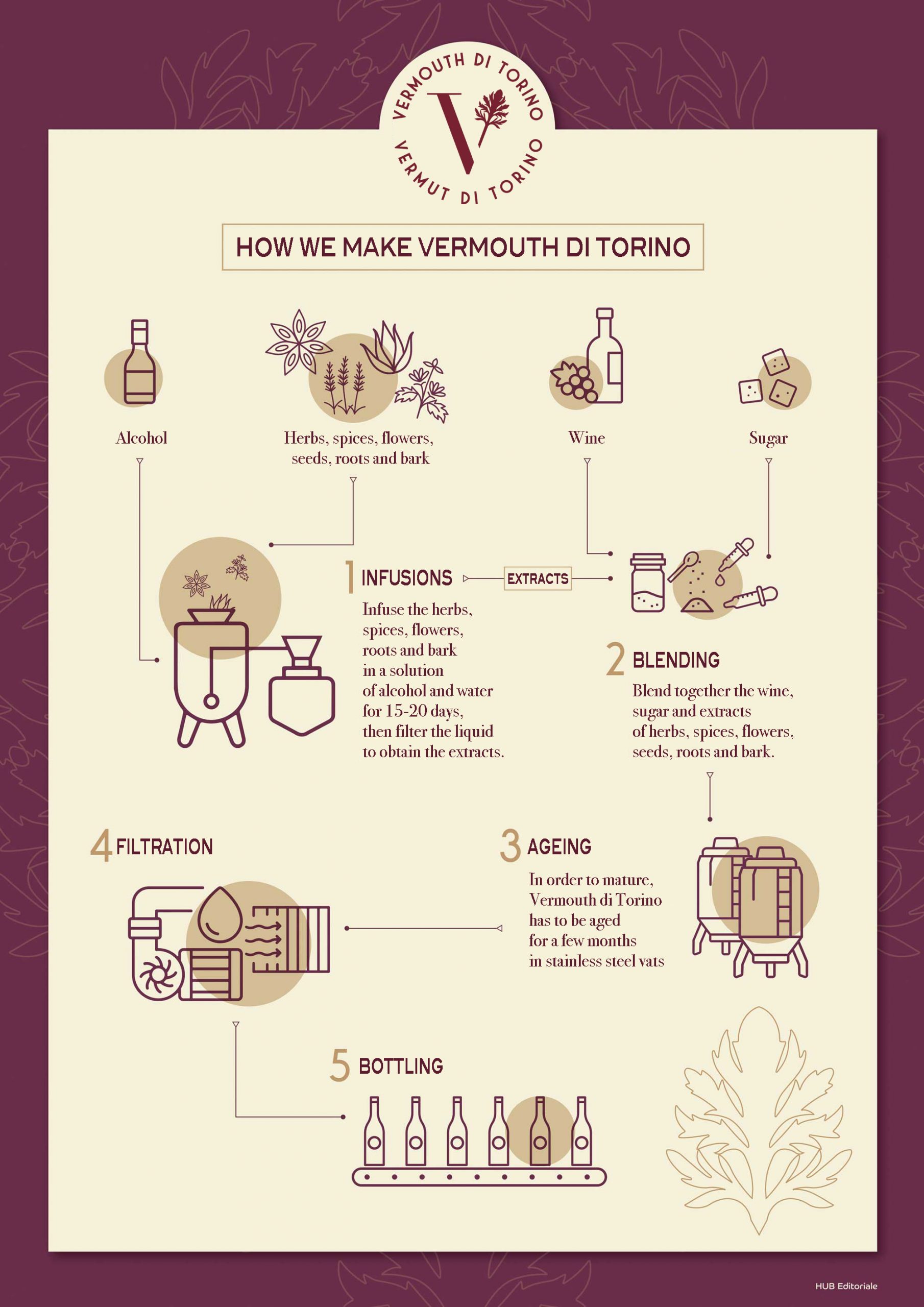Vermouth di Torino
World-renowned for the tradition and historicity of its production, Vermouth di Torino is an aromatized wine born in the 18th century at the foot of the Alps and enjoyed at the court of the Savoy kings.
Vermouth di Torino
World-renowned for the tradition and historicity of its production, Vermouth di Torino is an aromatized wine born in the 18th century at the foot of the Alps and enjoyed at the court of the Savoy kings. Vermouth di Torino is known worldwide for the tradition and history of production. The fame of Vermouth di Torino PGI is inextricably linked to Piedmont producers and Turin. In the 1800s, Turin was home to the aristocracy of vermouth makers, thanks to whom, in different ways and to different degrees, Vermouth di Torino achieved international standing and became appreciated worldwide. Over the years, techniques and processes have evolved: new ideas went hand in hand with the older practices, and they continue to coexist today, preserving and valorizing Vermouth di Torino's traditional production. Vermouth di Torino is classified according to the color (White, Amber, Rosé or Red) and the amount of sugar used in its preparation. It can be, therefore, extra secco or extra dry for products containing less than 30 grams of sugar per litre, secco o dry for vermouth with less than 50 grams per litre, and sweet for those with a sugar content of 130 grams or more per litre. The disciplinary that protects the Vermouth of Turin provides also the typology Vermouth Superiore which refers to products with an alcoholic strength of not less than 17% vol., made with at least 50% of Piedmontese wines and flavoured with herbs other than wormwood cultivated or harvested in Piedmont.
Consortium Members
Antica Cantina di Calosso, Amistà, Antica Distilleria Quaglia – Bèrto, Antica Torino, Arudi, Azienda Agricola La Palera, Bosca, Cav. Pietro Bordiga, Calissano – Gruppo Italiano Vini, Carlo Alberto, Carpano – Fratelli Branca Distillerie, Chazalettes, Cinzano, Davide Campari-Milano, Giulio Cocchi, Coop. Erbe Aromatiche Pancalieri, D.co Ulrich, Del Professore, Drapò – Turin Vermouth, Ducato, Franco Cavallero Spirits, Gamondi, Gancia & C., Gran Torino 1861, Karminia, Isolabella della Croce, La Canellese, Mainardi, Mancino, Martini & Rossi, Antonio Parigi, Peliti’s, Distilleria Revel Chion, Scarpa, Sibona, Sperone, Starlino, Tosti1820, Vergnano, Vermouth Strucchi.
Per conoscere i Soci
 Antica Cantina di Calosso
Antica Cantina di Calosso Amistà
Amistà Antica Distilleria Quaglia – Bèrto
Antica Distilleria Quaglia – Bèrto Antica Torino
Antica Torino Antonio Parigi
Antonio Parigi Arudi
Arudi Azienda Agricola La Palera
Azienda Agricola La Palera Cav. Pietro Bordiga
Cav. Pietro Bordiga Calissano – Gruppo Italiano Vini
Calissano – Gruppo Italiano Vini Carlo Alberto
Carlo Alberto Carpano – Fratelli Branca
Carpano – Fratelli Branca Chazalettes
Chazalettes Cinzano
Cinzano Giulio Cocchi
Giulio Cocchi Coop. Erbe Aromatiche Pancalieri
Coop. Erbe Aromatiche Pancalieri Davide Campari – Milano
Davide Campari – Milano D.co Ulrich
D.co Ulrich Del Professore
Del Professore Distilleria Revel Chion
Distilleria Revel Chion Drapò – Turin Vermouth
Drapò – Turin Vermouth Ducato
Ducato Franco Cavallero Spirits
Franco Cavallero Spirits Gamondi
Gamondi Gancia & C.
Gancia & C. Gran Torino 1861
Gran Torino 1861 Karminia
Karminia Isolabella della Croce
Isolabella della Croce La Canellese
La Canellese Mainardi
Mainardi Mancino
Mancino Martini & Rossi
Martini & Rossi Peliti’s
Peliti’s Scarpa
Scarpa Sibona
Sibona Sperone
Sperone Starlino
Starlino Tenute Sussambrino
Tenute Sussambrino Tosti1820
Tosti1820 Vergnano
Vergnano Vermouth Strucchi
Vermouth Strucchi
History
Vermouth which owes its name to the German term Wermut defining the plant Artemisia Absinthium has ancient roots. In fact, a recipe for vinum absinthites, made with herbs, appears in manuscripts dating back to the first centuries A.D. when it was touted as a remedy for stomach and intestinal problemslts medicinal use continued in subsequent centuries, and, as the Renaissance began, the greater availability of Oriental spices throughout Europe led to the recipe's enrichment with new aromatics, like cinnamon, cloves and rhubarb.Starting in the mid-fifteenth century, Piedmont producers acquired a reputation for making finedistillates distillates, and by the eighteenth century, Torino's liquors were widely celebrated. It was there that the Vermouth di Torino we know today began its evolution from medicinal tonic to popular aperitif in the same period that the city began to see the opening of distilleries, liquor shops and apothecaries'.
In 1736 the pharmaceutical codex "Pharmacopea Taurinensis"describes Vinum Absinthites, composed of wormwood blooms and roots of the sweet flag (Acorus calamus).Turin liquor producers and confectioners were registered with the Turin University of Liquorists and Confectioners, a confraternity of artisans and craftsmen that brought together all the producers of the new liquors, who would make Piedmont's enviable reputation in the sector in years to come. They created the new recipes of aromatized wine and bottled the first Vermouth di Torino, a sweet, balsamic, alcoholic and long-lasting beverage.
The new beverage began to be appreciated outside of Turin as well, but full-blown success came only in the mid-nineteenth century, when it was first exported, first to France and Spain and then outside Europe, mainly to Latin America, where there were numerous communities of Italian migrants from Piedmont, and the United States, where it was immediately ushered into the cocktail culture. In the middle of the century there were 42 companies selling distillates and 30 liqueur producers in Turin, who added luster and prestige to the then capital of the Kingdom. The first advertisement for the new vermouth made in Turin, dates back to 1833 and describes the beverage as different from all the others, dubbing it "the genuine balsamic wine known as Vermouth di Torino". From then on, it was generally acknowledged that the Savoy's capital city had developed a different style, sweeter and more aromatic. In the first years of the twentieth century, "white Vermouth made its debut, with a lighter hue and more floral and citrus notes: a hit with women at cafés, it earned the nickname of "ladies' delight"and marked a genuine market revolution. The twenties saw the rise in popularity of "red Vermouth", with the addition of caramel coloring, a nod to the American market.
The Italian legislation regarding Vermouth begins with the Royal Decree-Law of 9 November 1933, n. 1696, which provides general indications in order to characterize the product (minimum alcohol content, sugar content, percentage by volume of the base wine and added substances). The first community regulation that identifies geographical indications for aromatized wines is EC Regulation no. 1601 of 10 June 1991, which for the first time recognizes and protects the Vermouth of Turin.
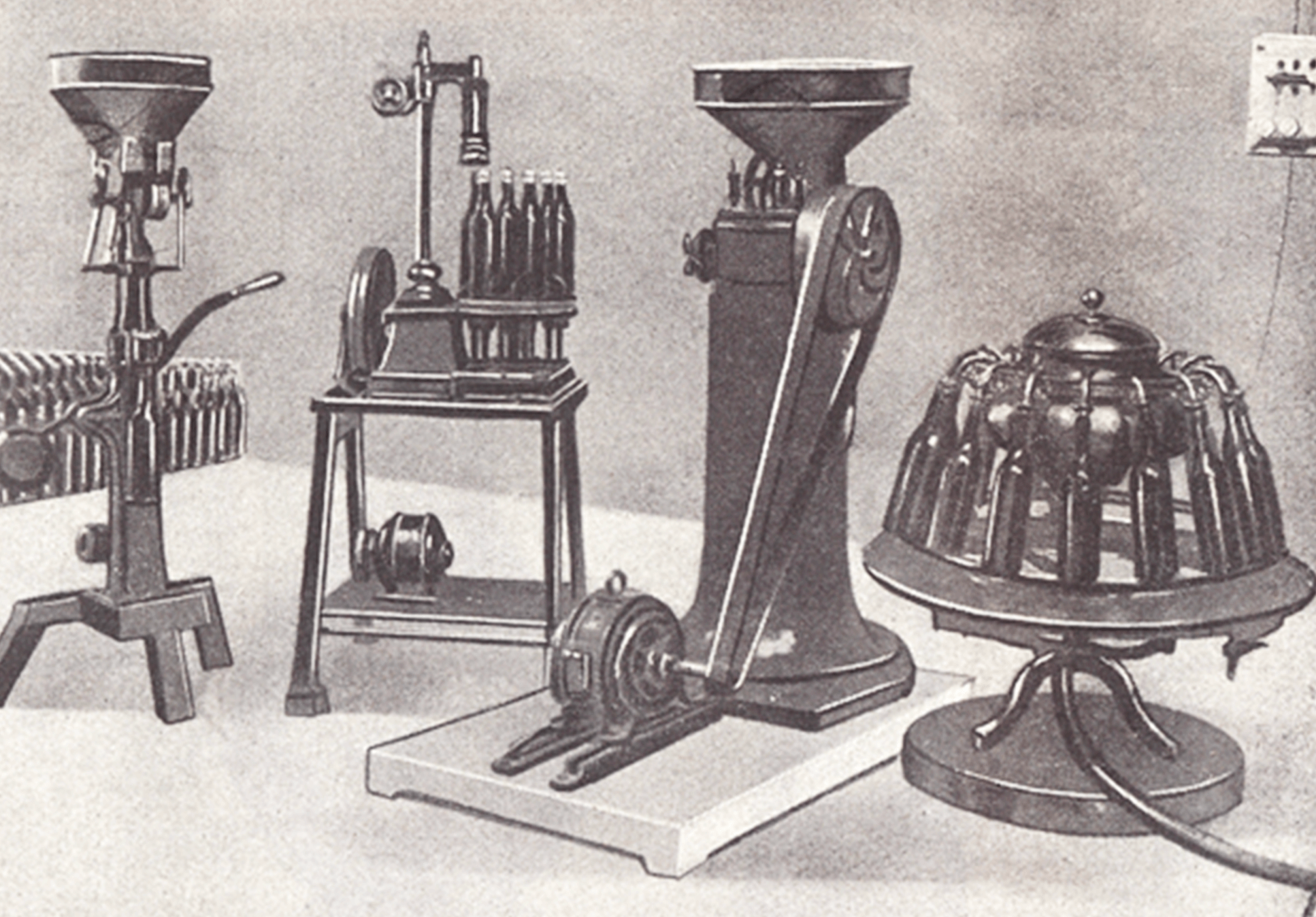
The ingredients
The leading players in Vermouth di Torino are the plants of the Artemisia genus, particularly the species A. absinthium and A. pontica, grown and harvested in Piedmont. The base is wine - white, red or rosé - aromatized with a blend of natural extracts obtained from an ample palette of herbs and spices. The beverage can be sweetened with sugar, grape must, caramelized sugar or honey. The amber color is obtained exclusively through the addition of caramel.
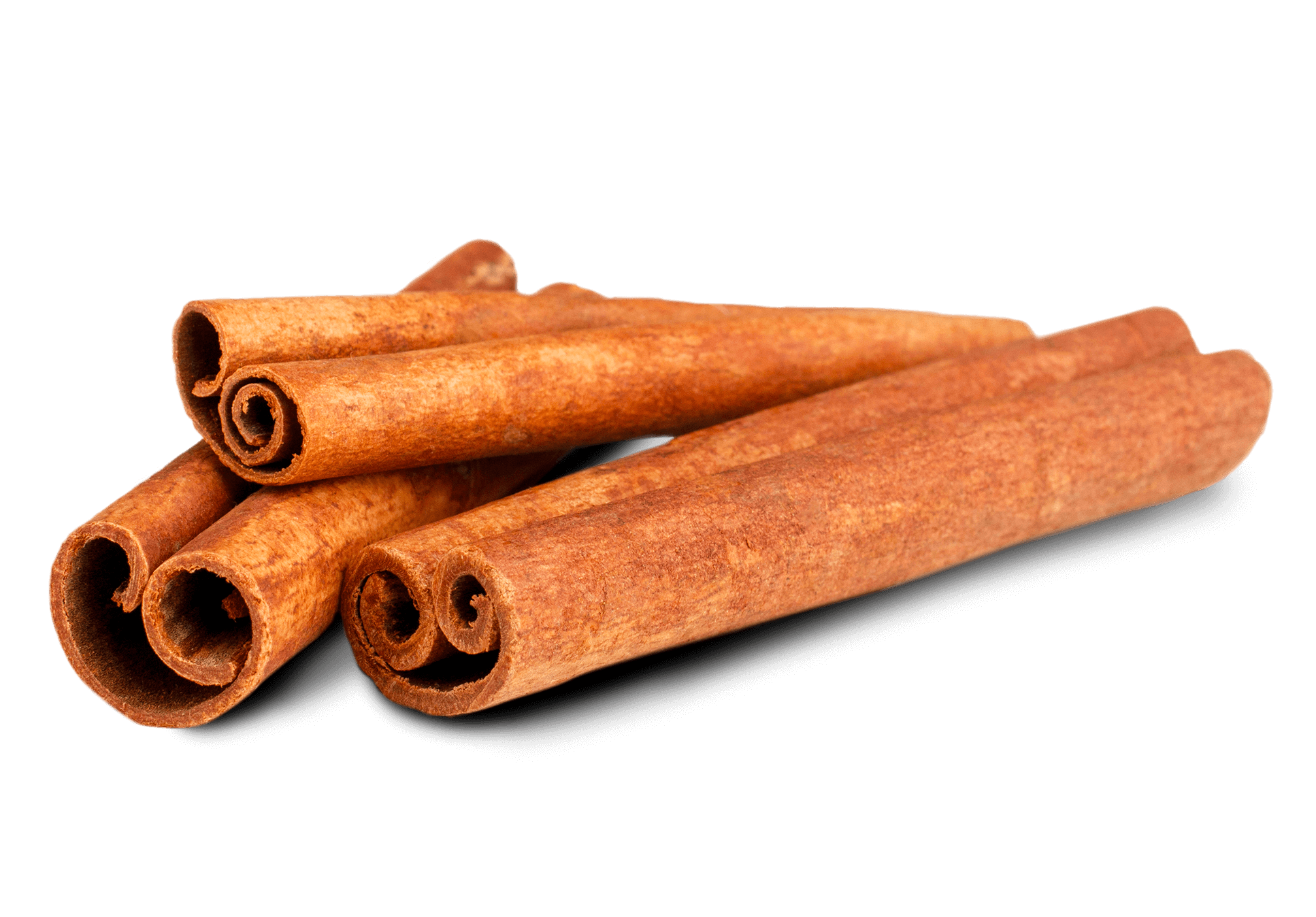
(Cinnamomum zeylanicum Nees) Made from the young branches of the plant, it became an important spice in Europe in the 16th century, when the Portuguese occupied the island of Ceylon.
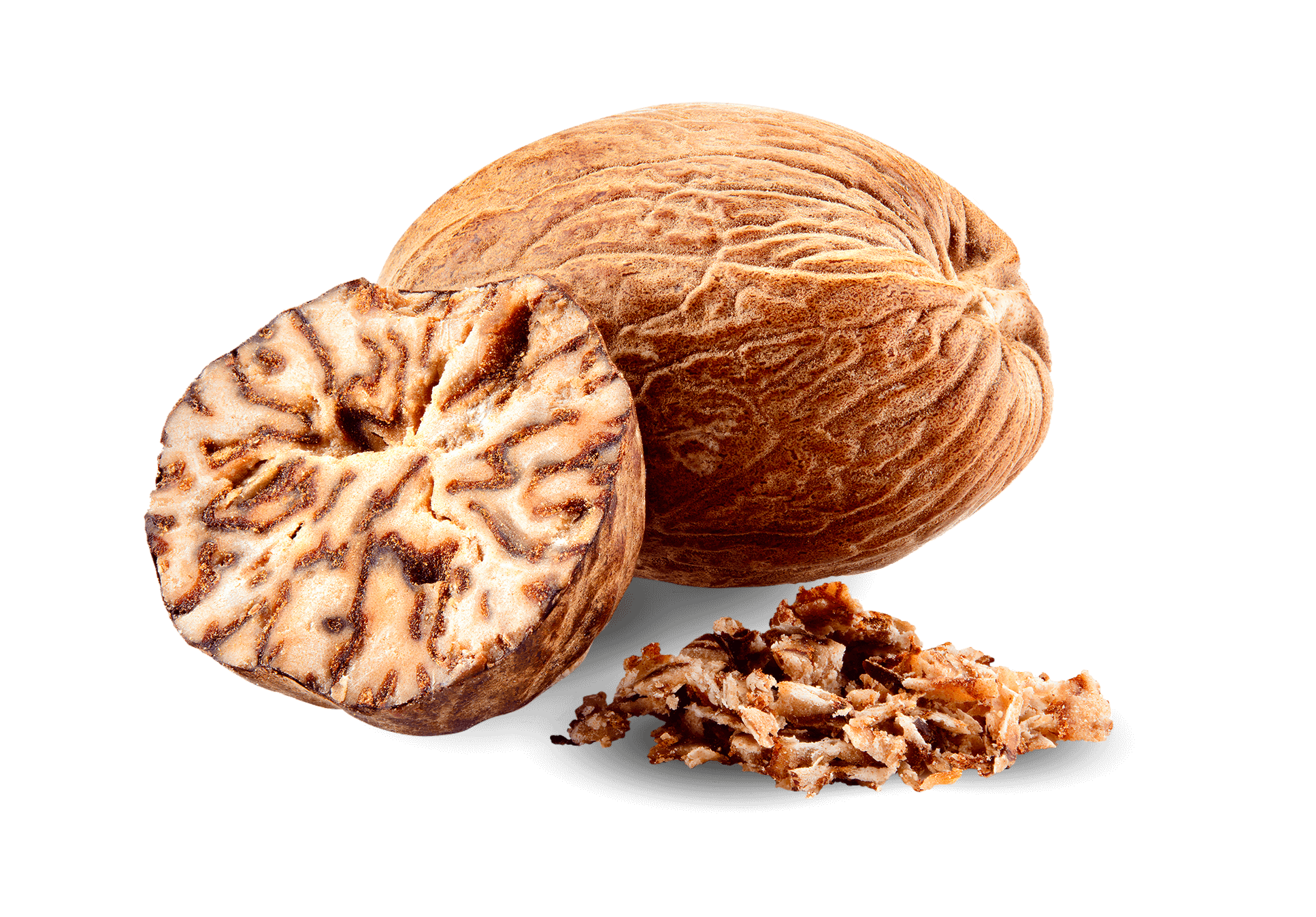
(Myristica fragrans Houtt.) The seed of this plant, native to the Moluccas, is a must in every spice cabinet because of its scent and strong, aromatic flavor.
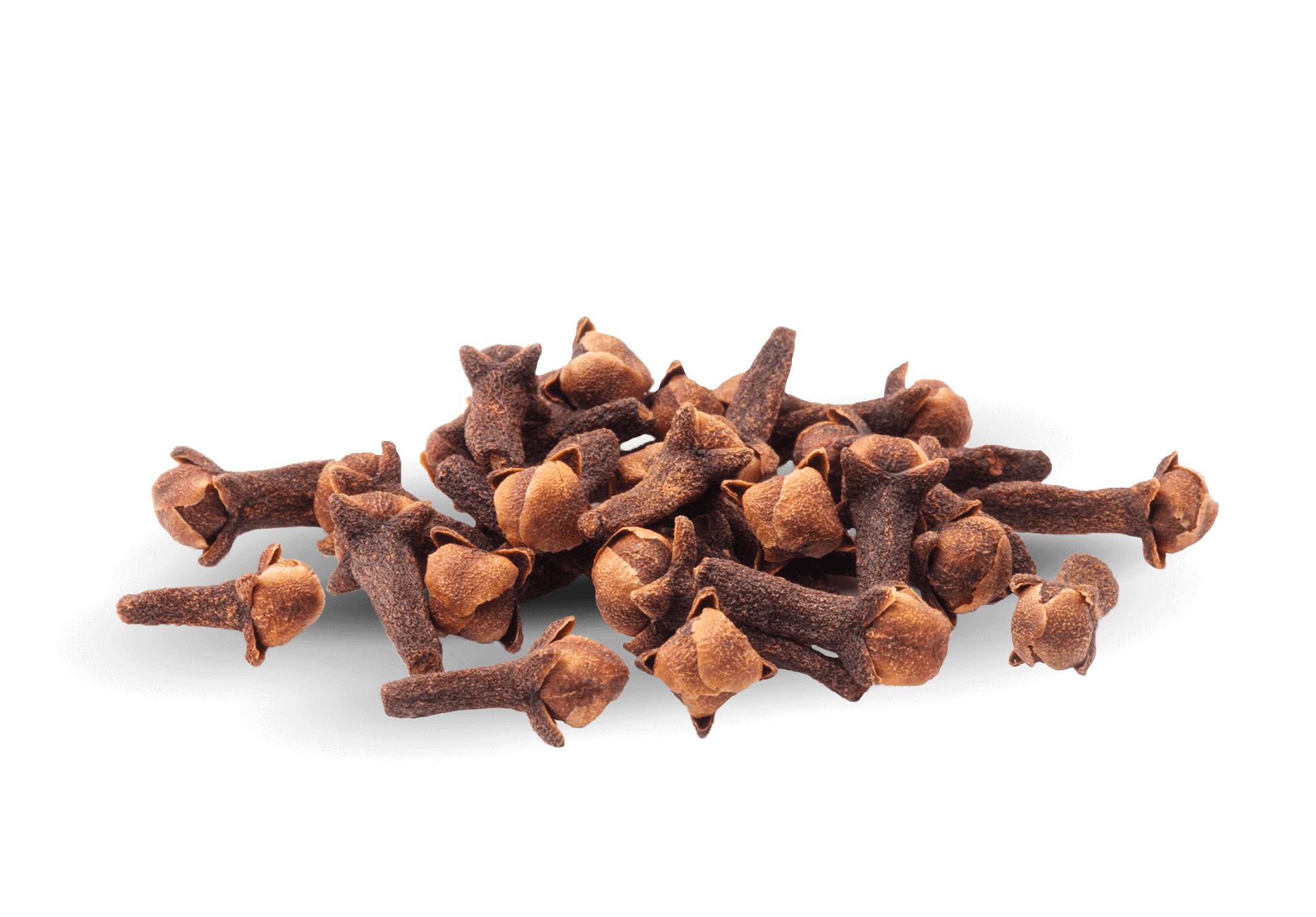
(Eugenia caryophyllata Thumb.) Used in China since the dawn of time, especially for cooking, cloves are ideal for adding a distinctive spice note to desserts and aromatized wines.
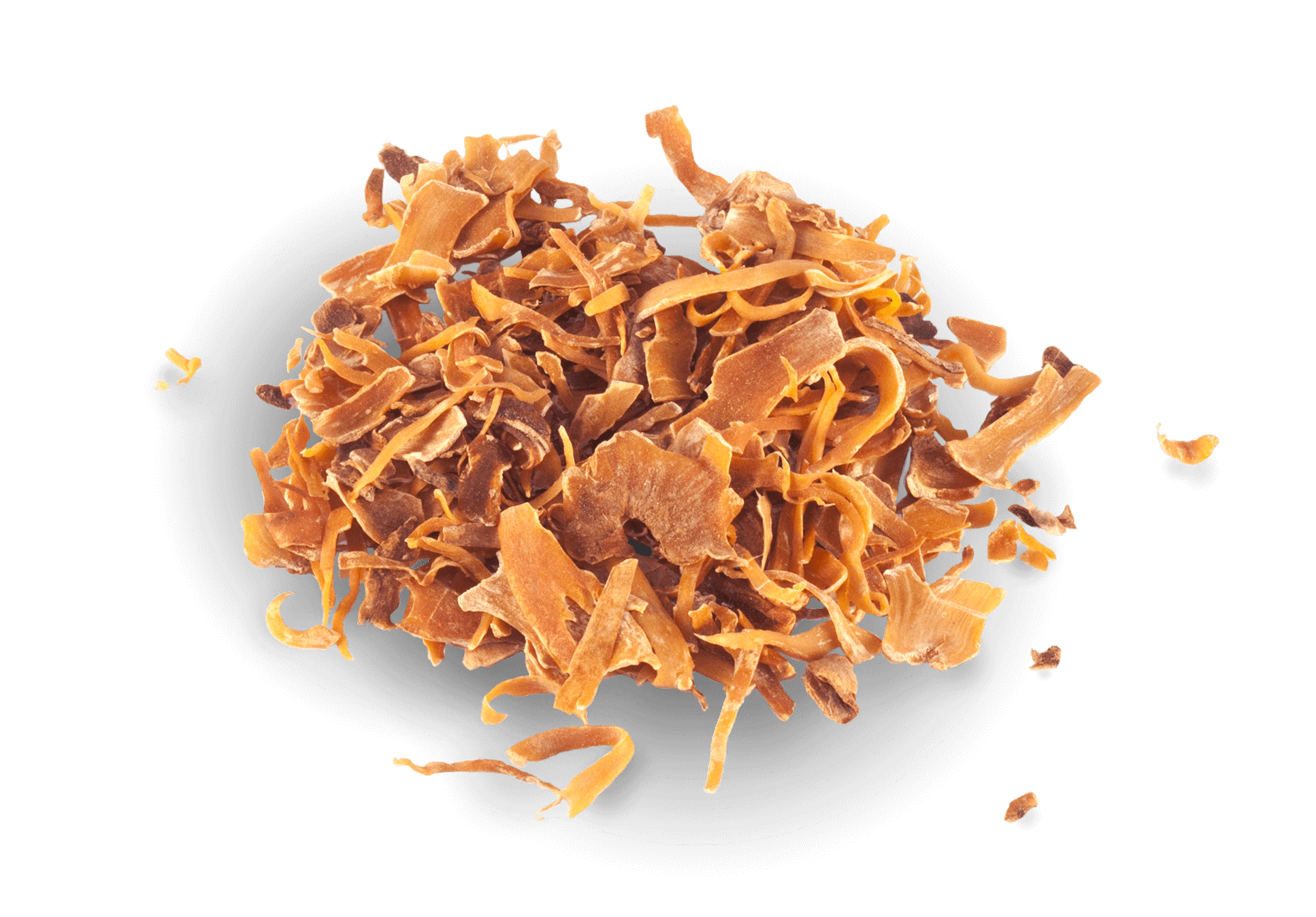
(Citrus aurantium L.) Native to Asia, the rind of the fruit is used for vermouths and liqueurs.
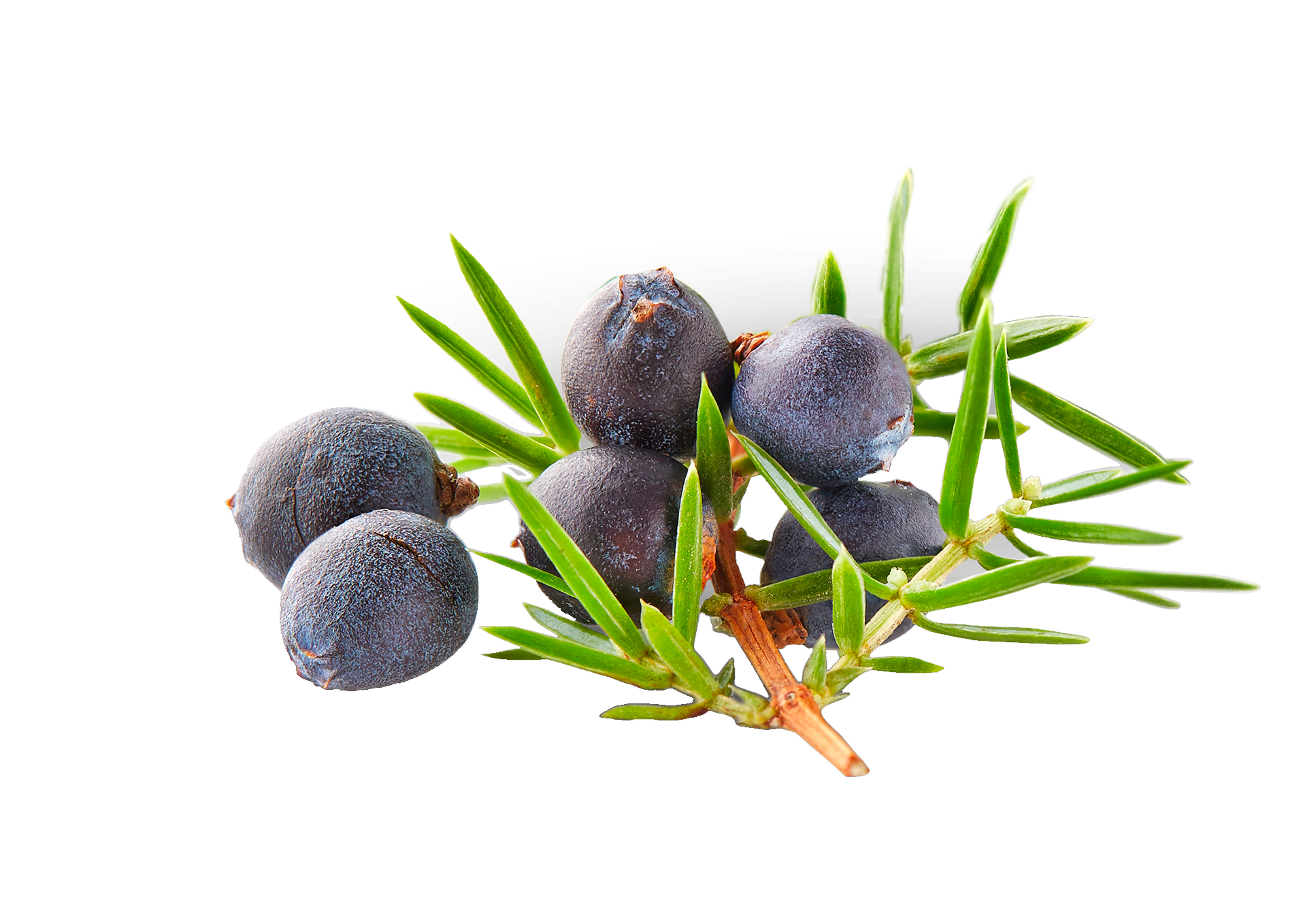
(Juniperus communis L.) Common throughout Europe, the berries produced by this shrub are rich in essential oils.
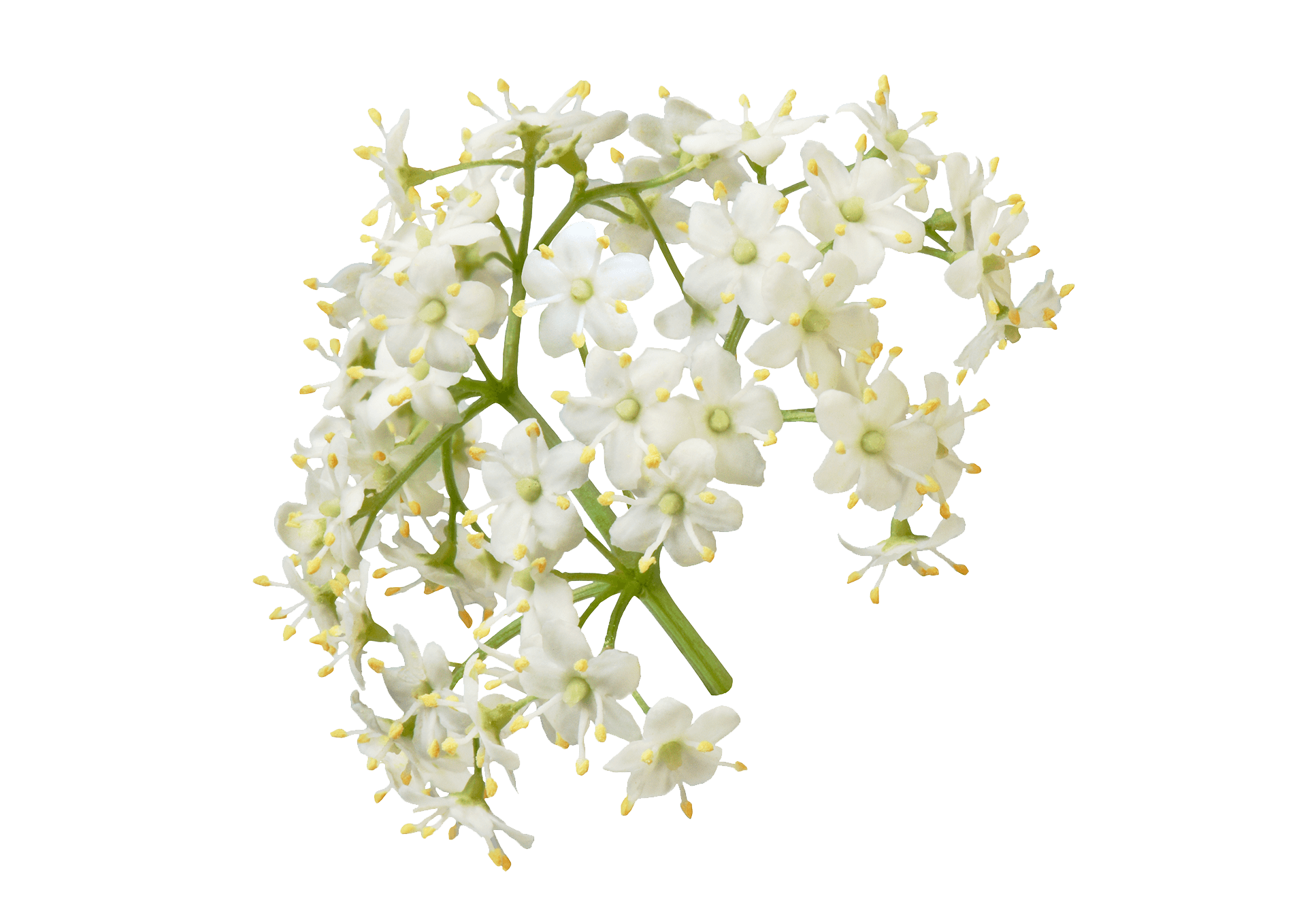
(Sambucus nigra L.) Dried elderflowers, strongly scented, are used in jams, infusions, distillates and herbal preparations.
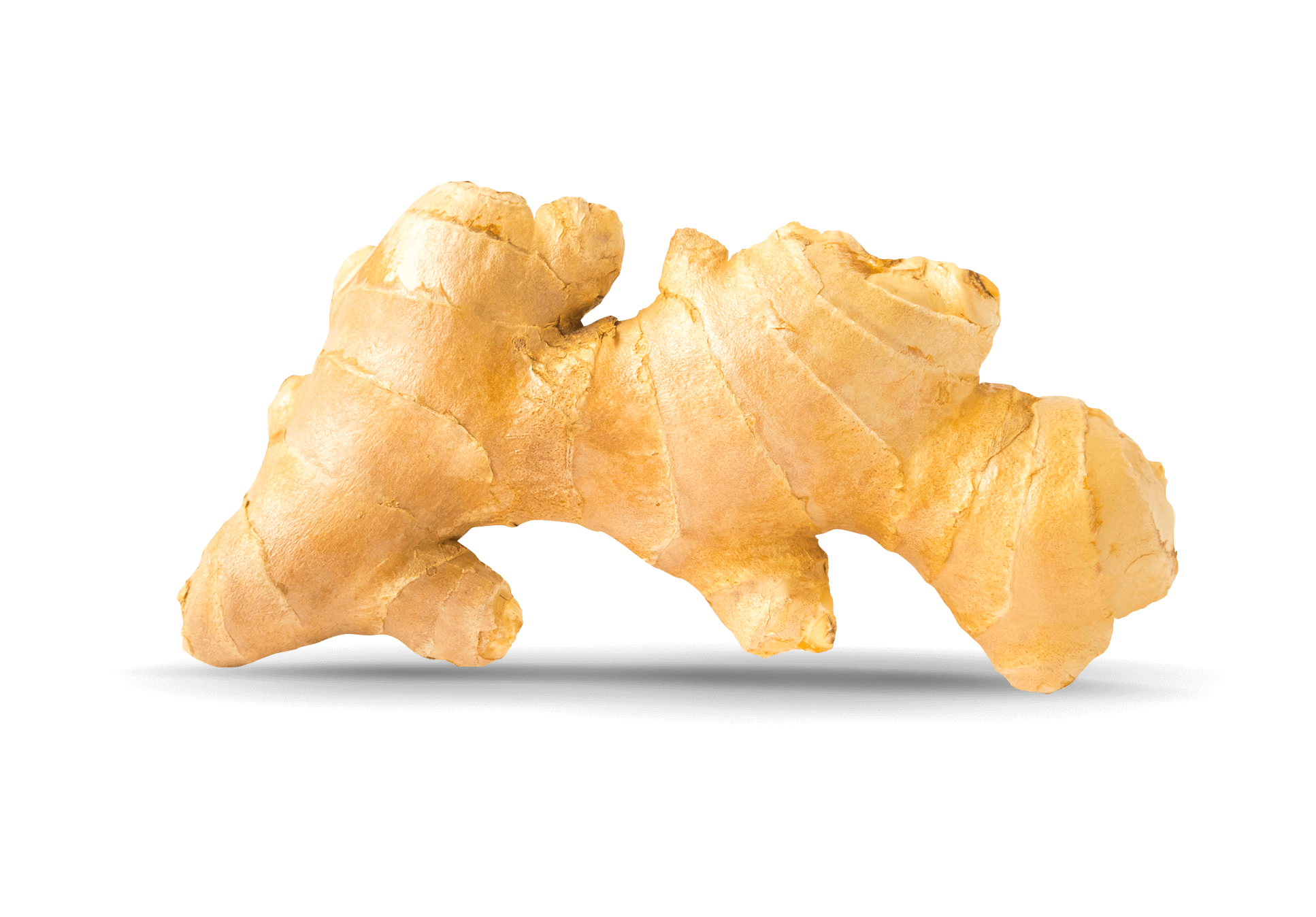
(Curcuma zedoaria Roscoe) Native to India and Indonesia, it is a root used both fresh and dried, known for its aromatic and stimulating properties.
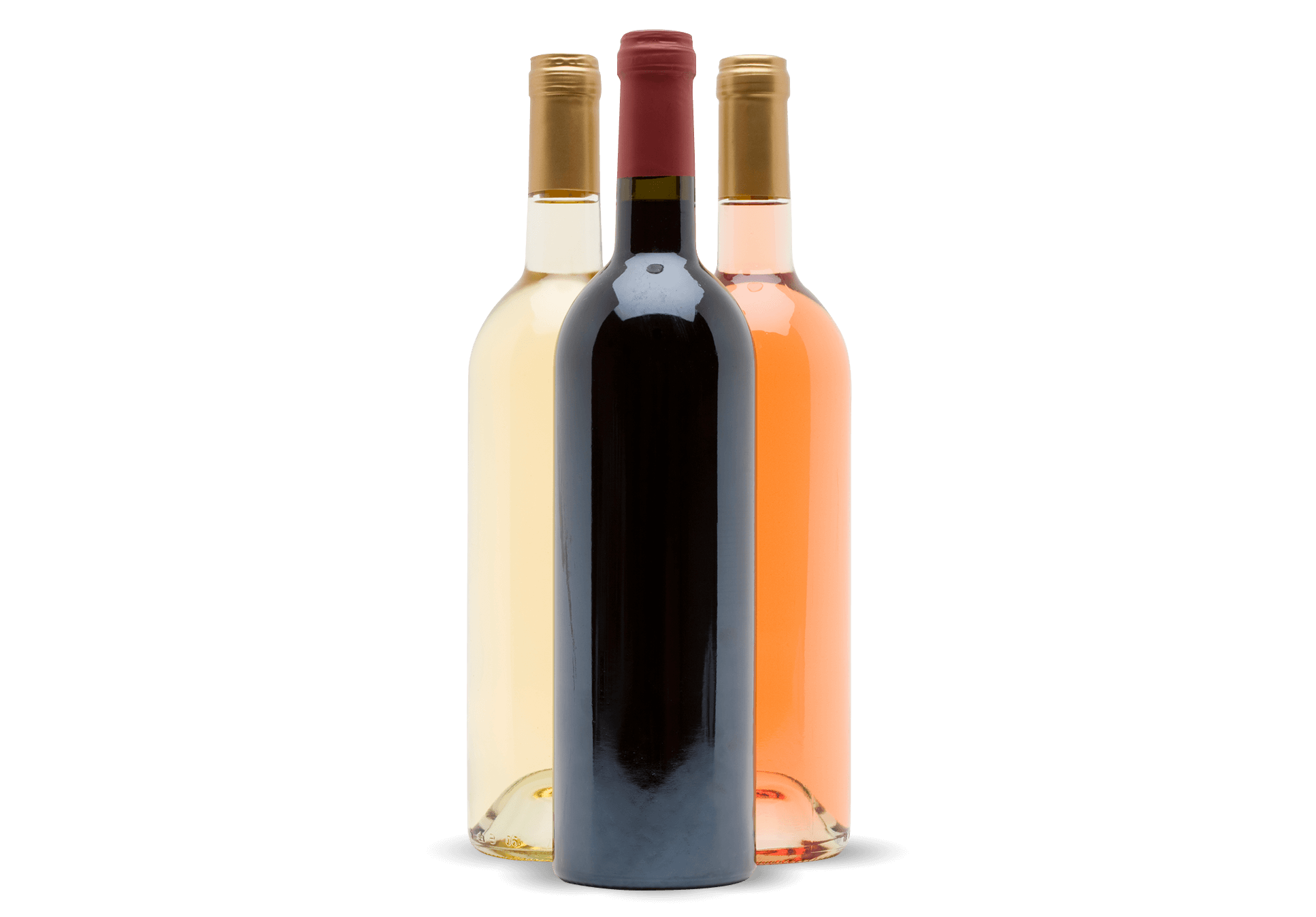
Can be white, red or rosé
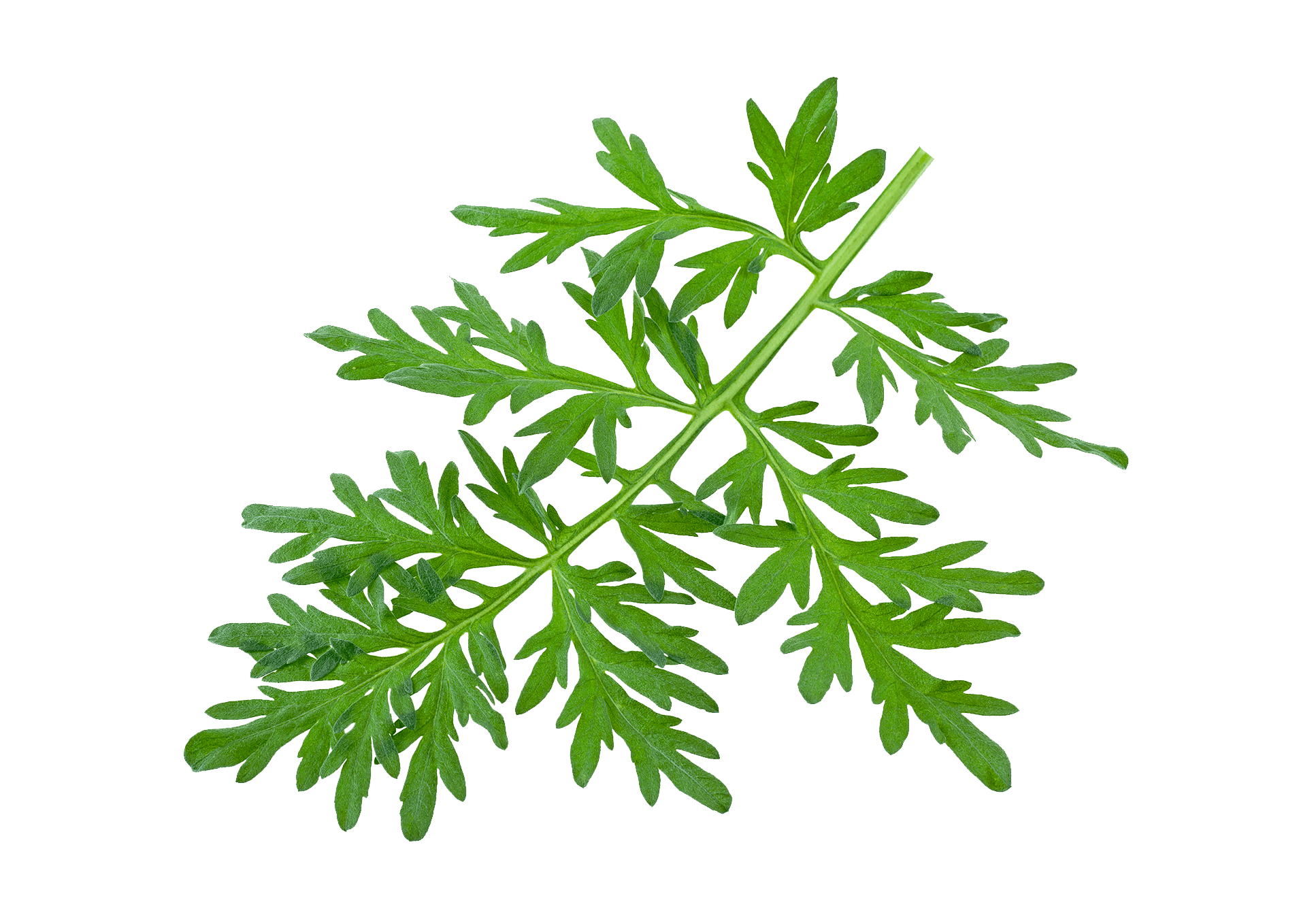
(Artemisia pontica L. e Artemisia absinthium L.) Fornisce il tipico gusto amaro del Vermouth di Torino. Due specie di Assenzio sono previste dal disciplinare: l'Assenzio gentile (Artemisia pontica L.) e l'Assenzio romano (Artemisia absinthium L.).
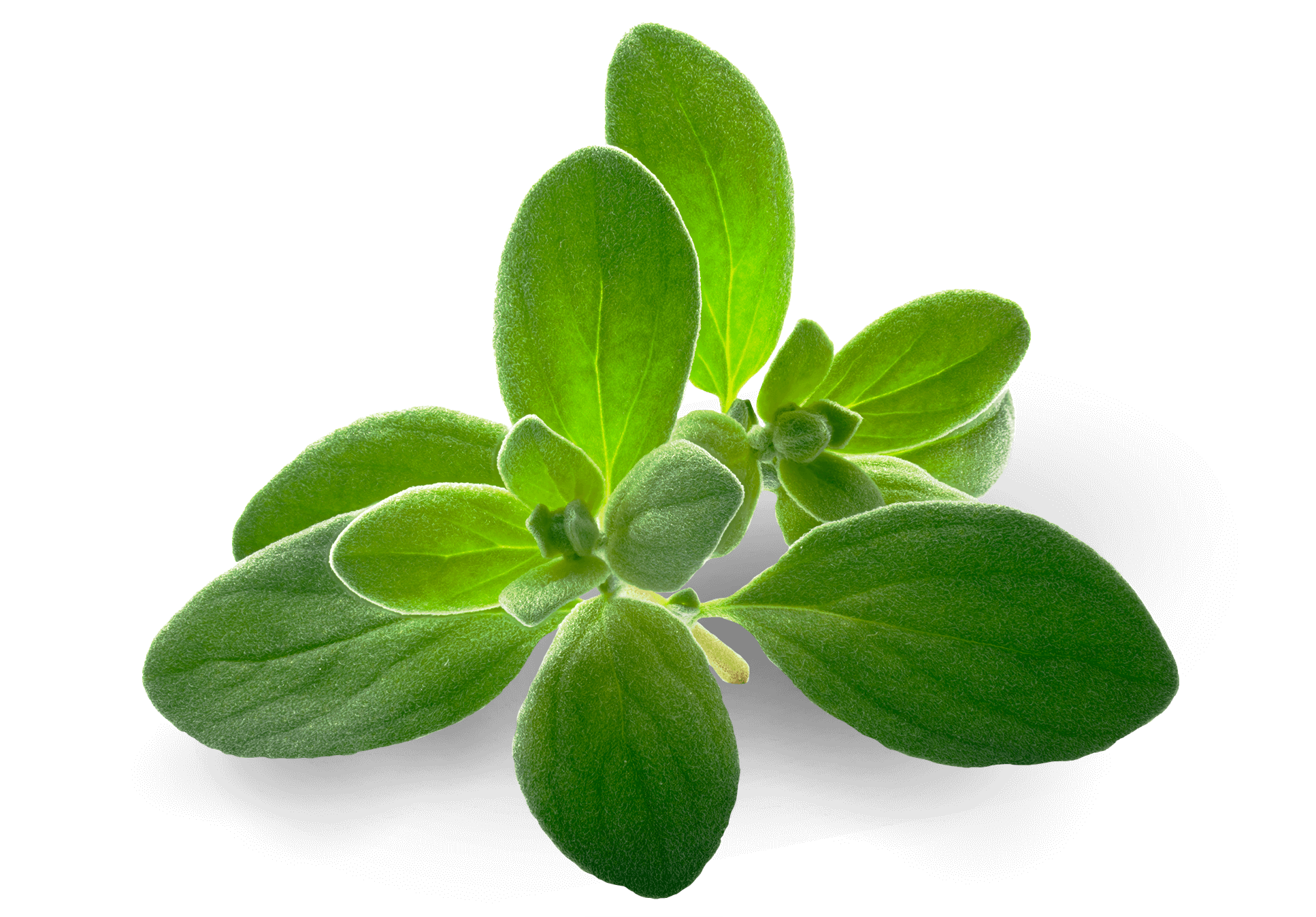
(Origanum majorana L.) Containing essential oils with energizing properties, it also stimulates digestion and has a strong, aromatic scent.
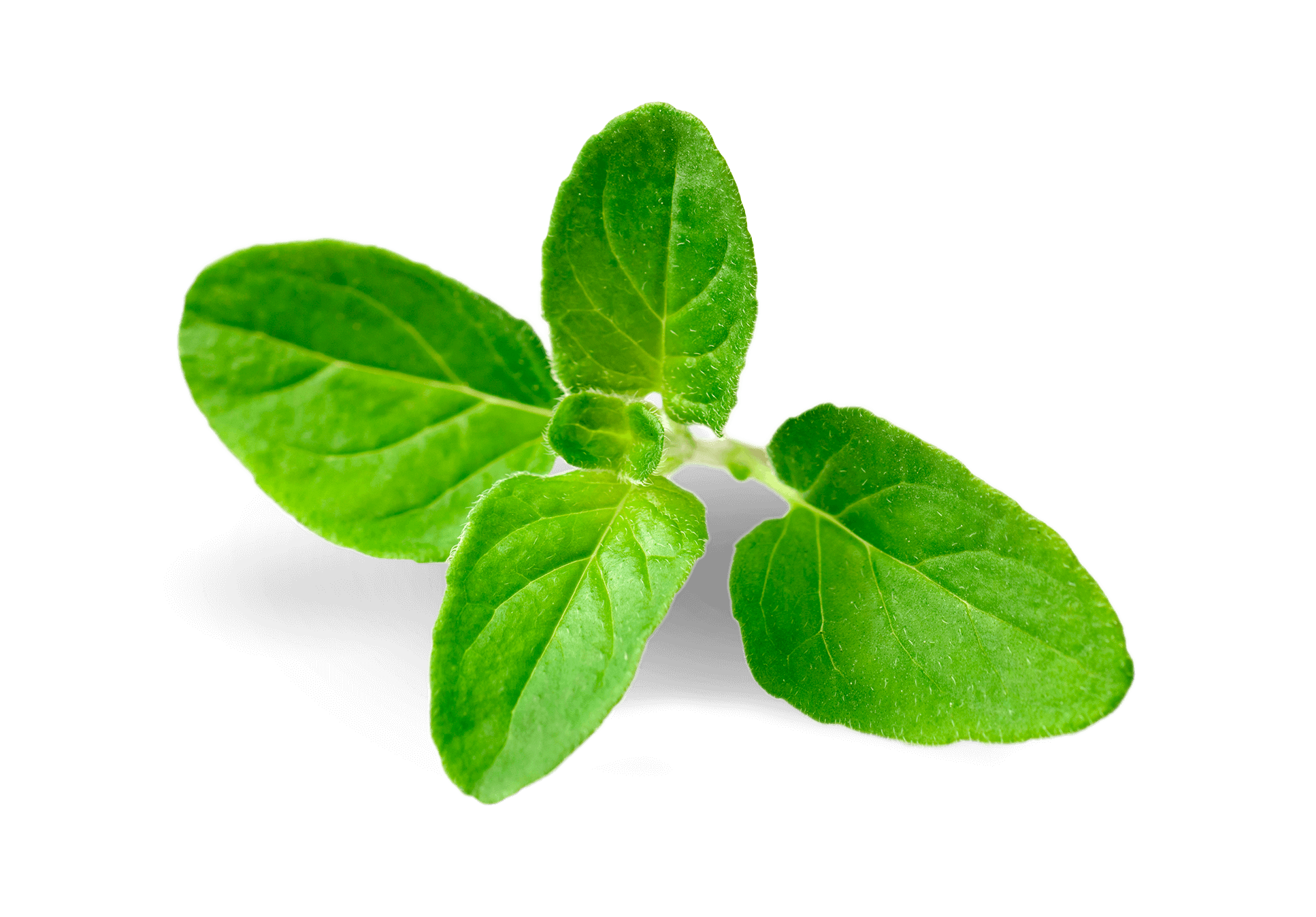
(Origanum vulgare L.) Oregano grows wild in sunny climes. It is known for its therapeutic properties, in addition to being widely used for cooking.B78
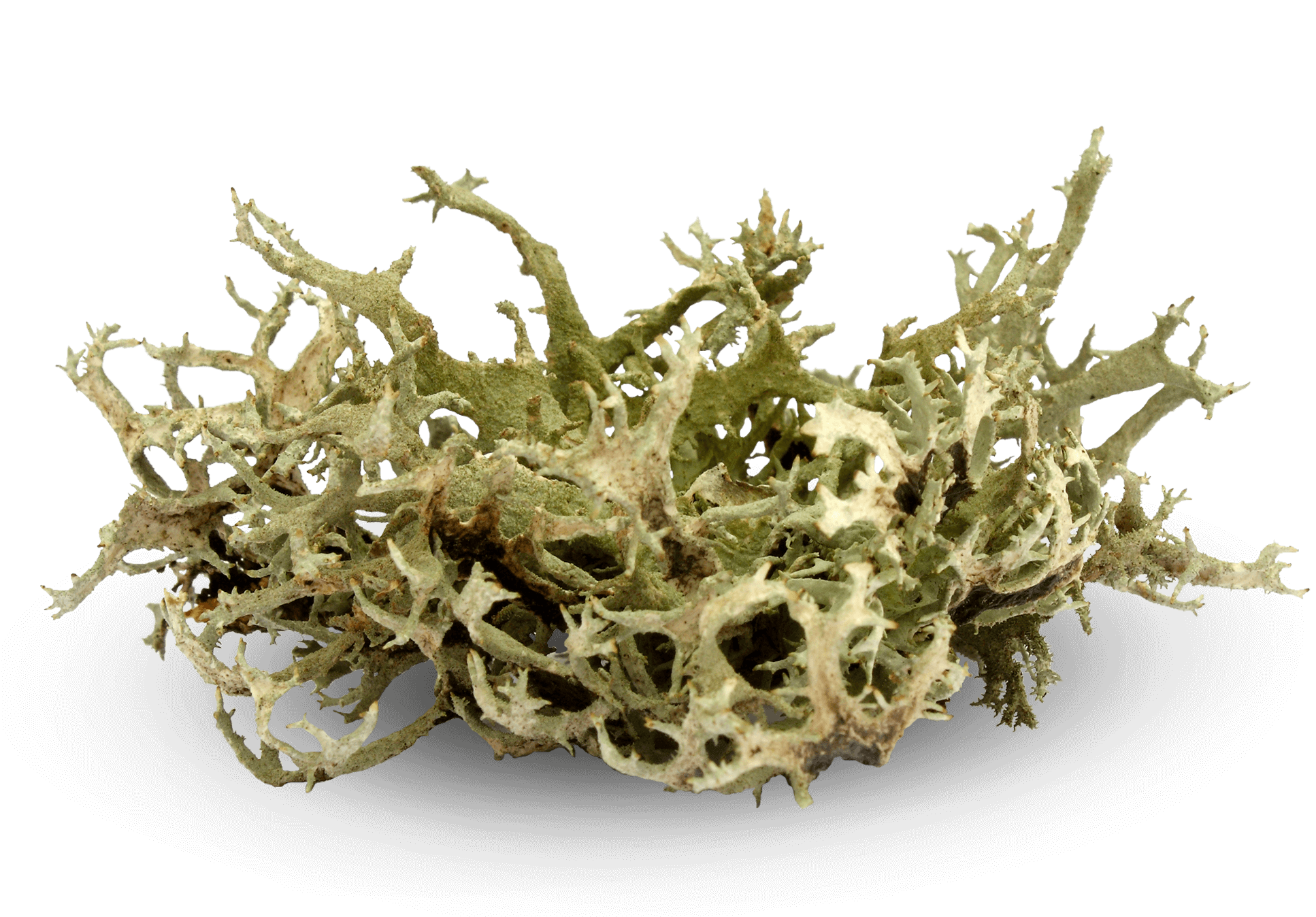
(Cetraria islandica L.) Found in cold climates, where it grows on the ground, on rocks or tree bark, it has a pleasantly bitter flavor.
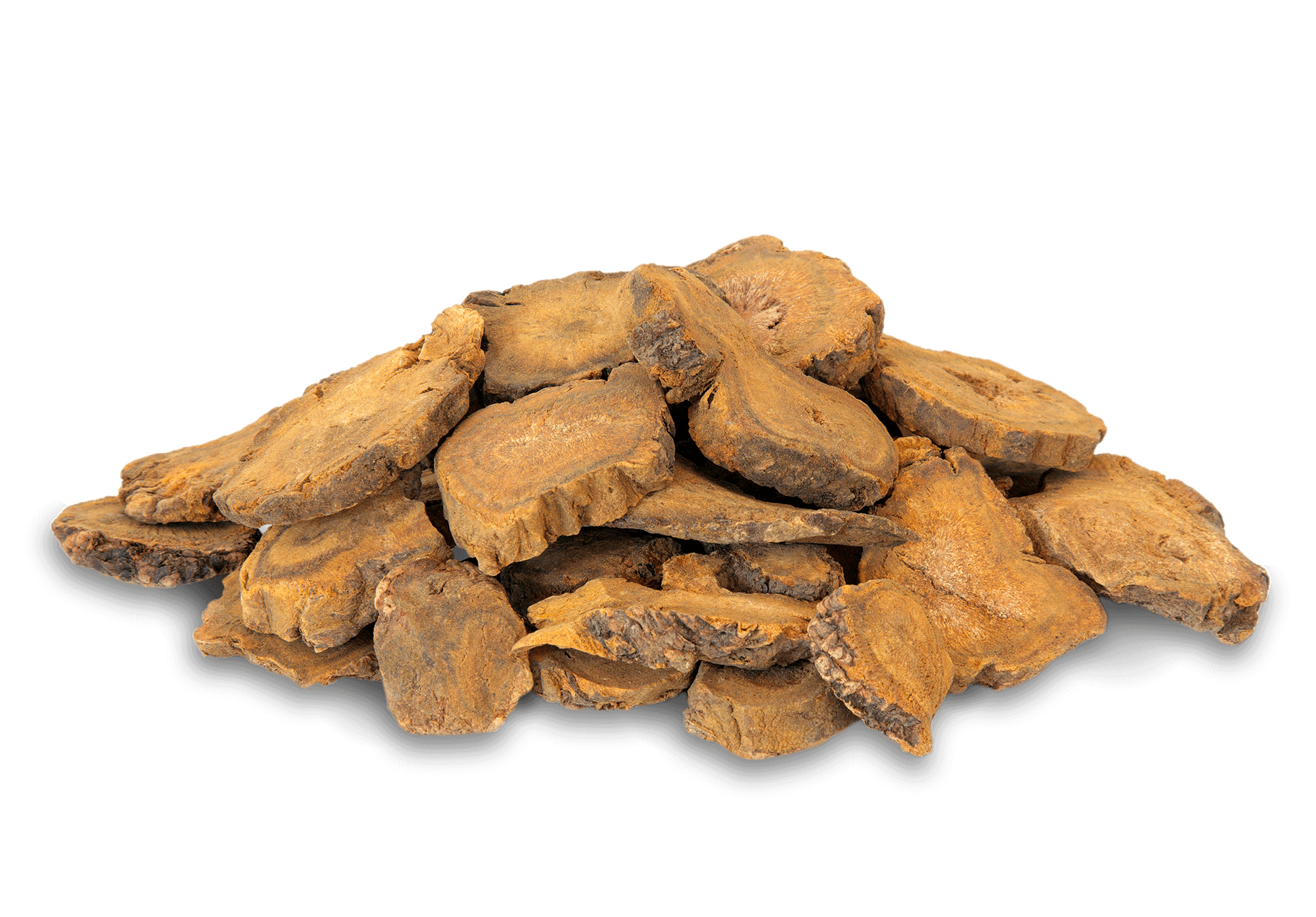
(Rheum palmatum L.) Rhubarb grows wild in western China, around the border with Tibet, and has been used in Asian countries since ancient times.
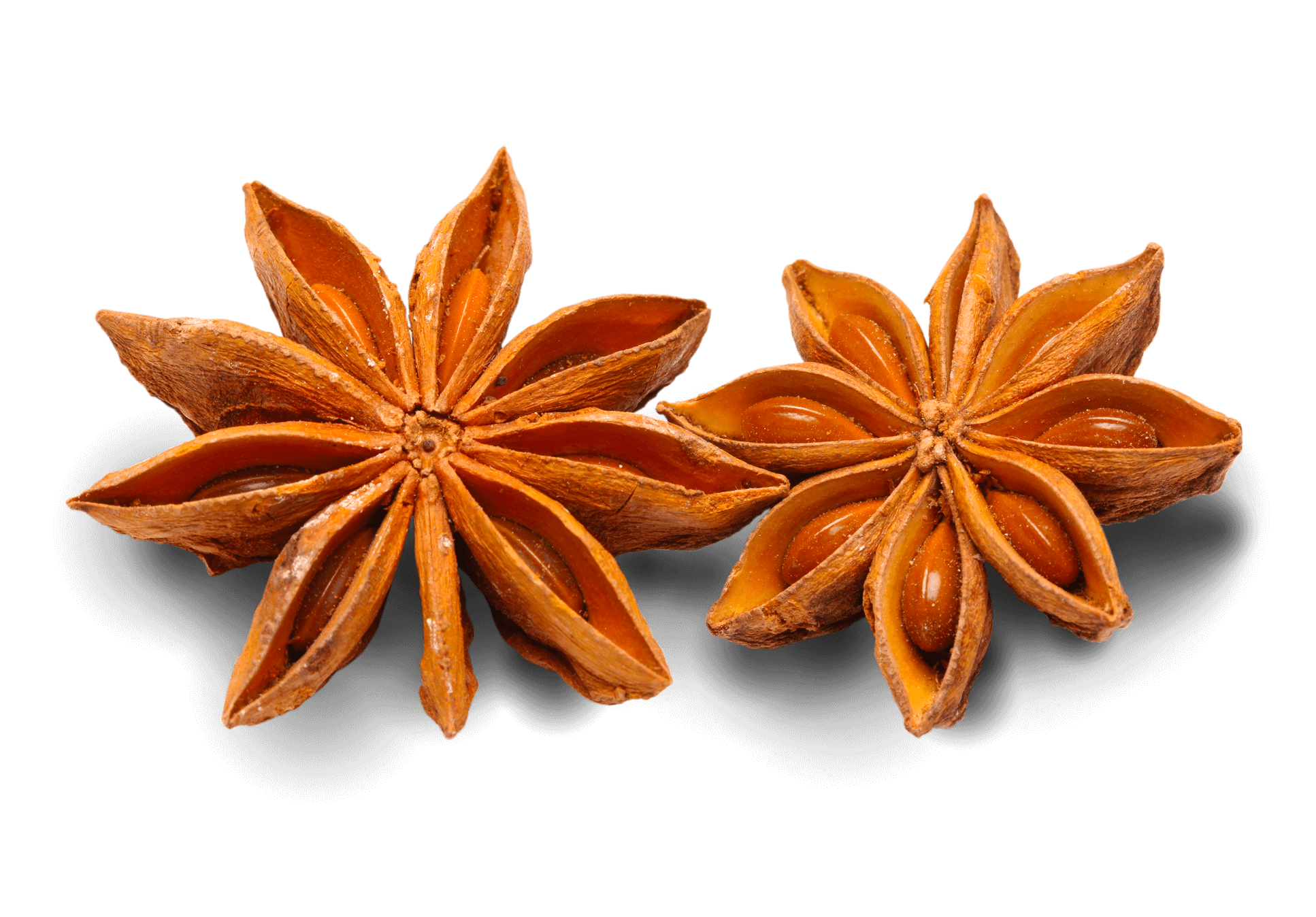
(Illicium verum L.) Native to the Philippines, this plant's distinctive star-shaped fruit has an intense aroma of aniseed.

(Anthemis nobilis L.) Known for its essential oils, its flowers are used for infusions and extracts with a particular bitter-aromatic note.
The production method
A fundamental necessity for making Vermouth di Torino is high quality wine: white or red, it must have good structure and acidity in order to blend with the spices and balance the sugar. After selecting a base alcohol, the extracts of aromatic herbs and spices, flowers, seeds, roots and barkare added, following infusion in a solution of alcohol and water for 15-20 days. They are mixed with the sugar and wine and left to rest in maturation tanks. The beverage is then filtered and bottled.
